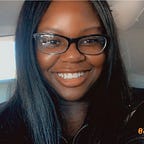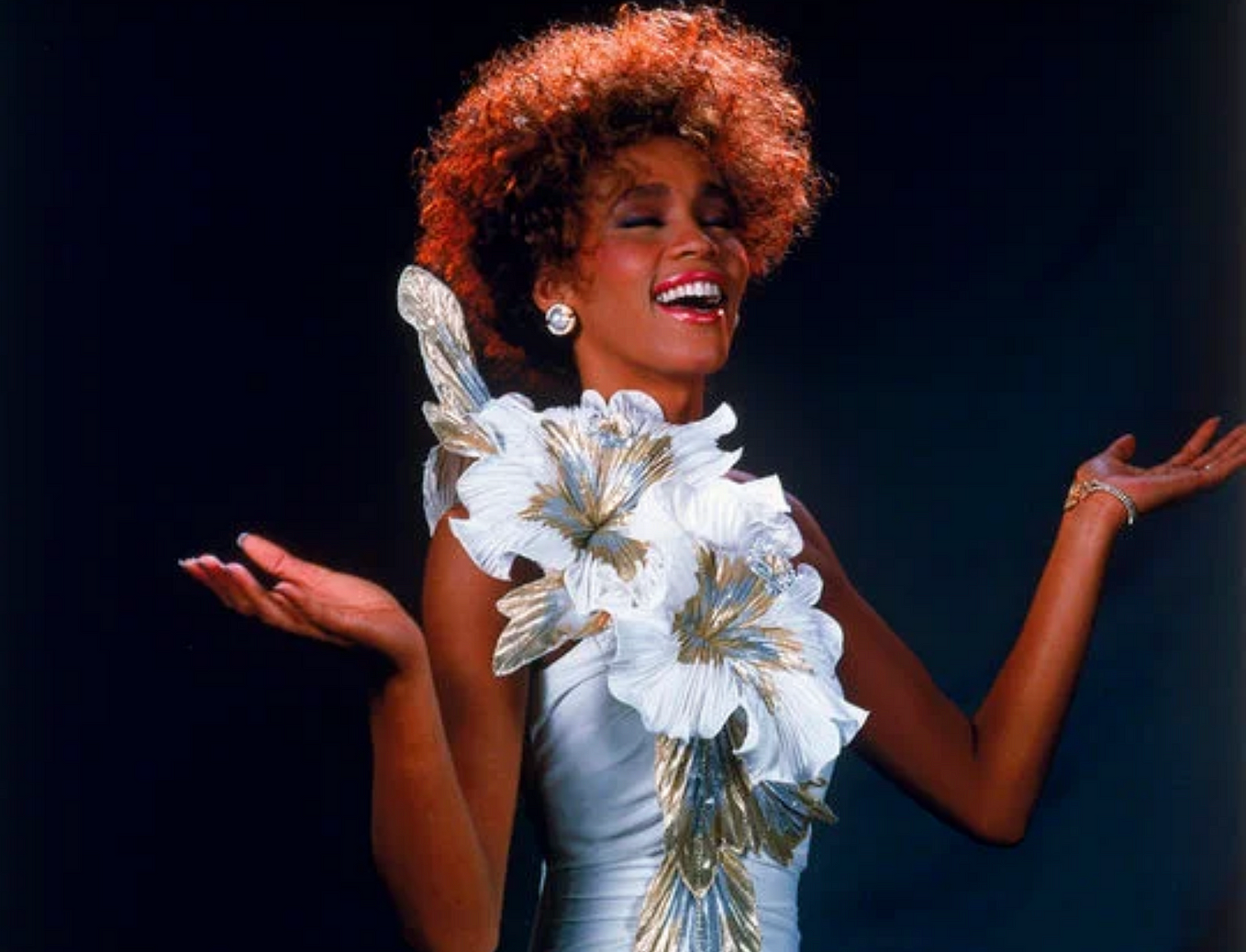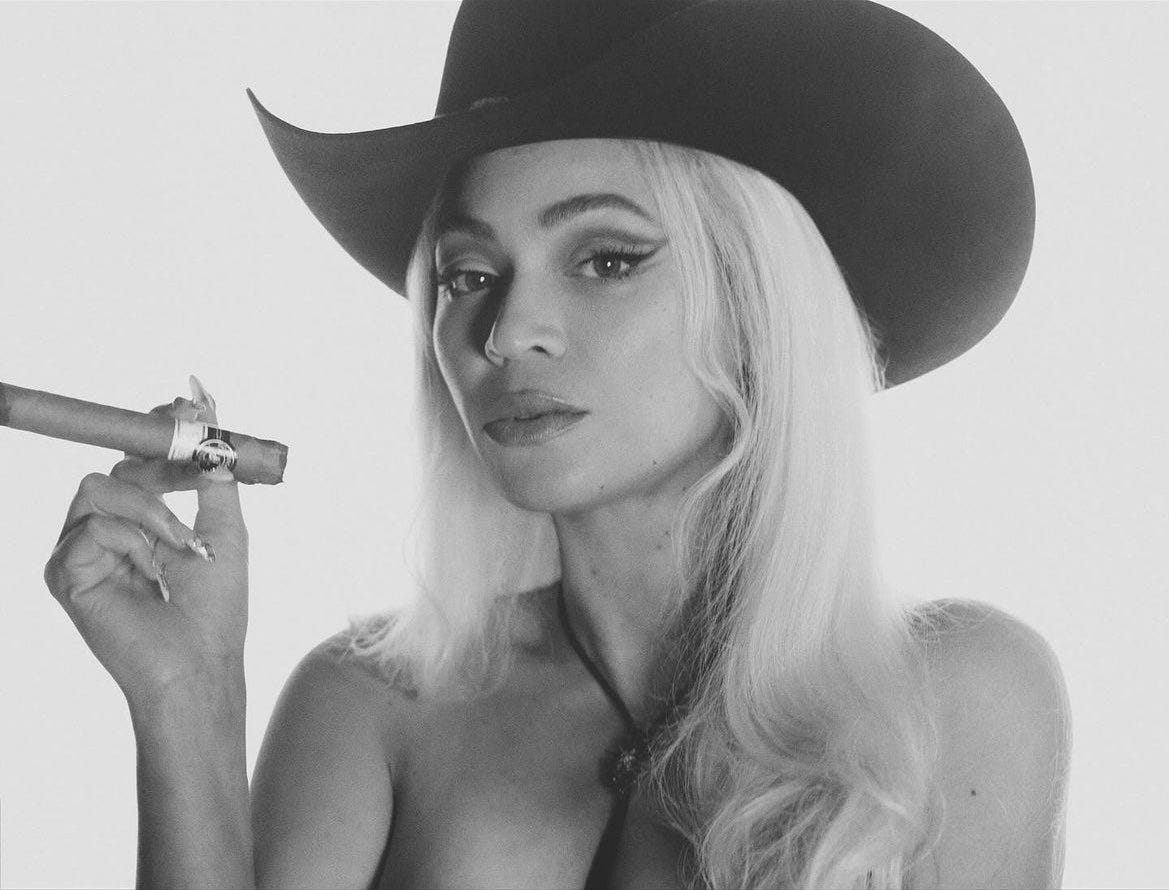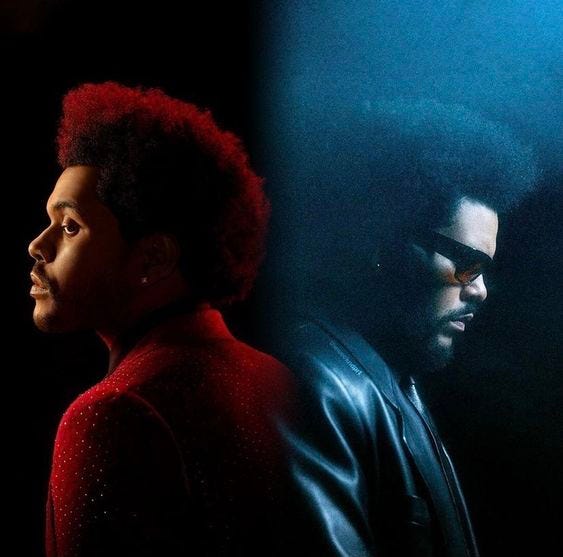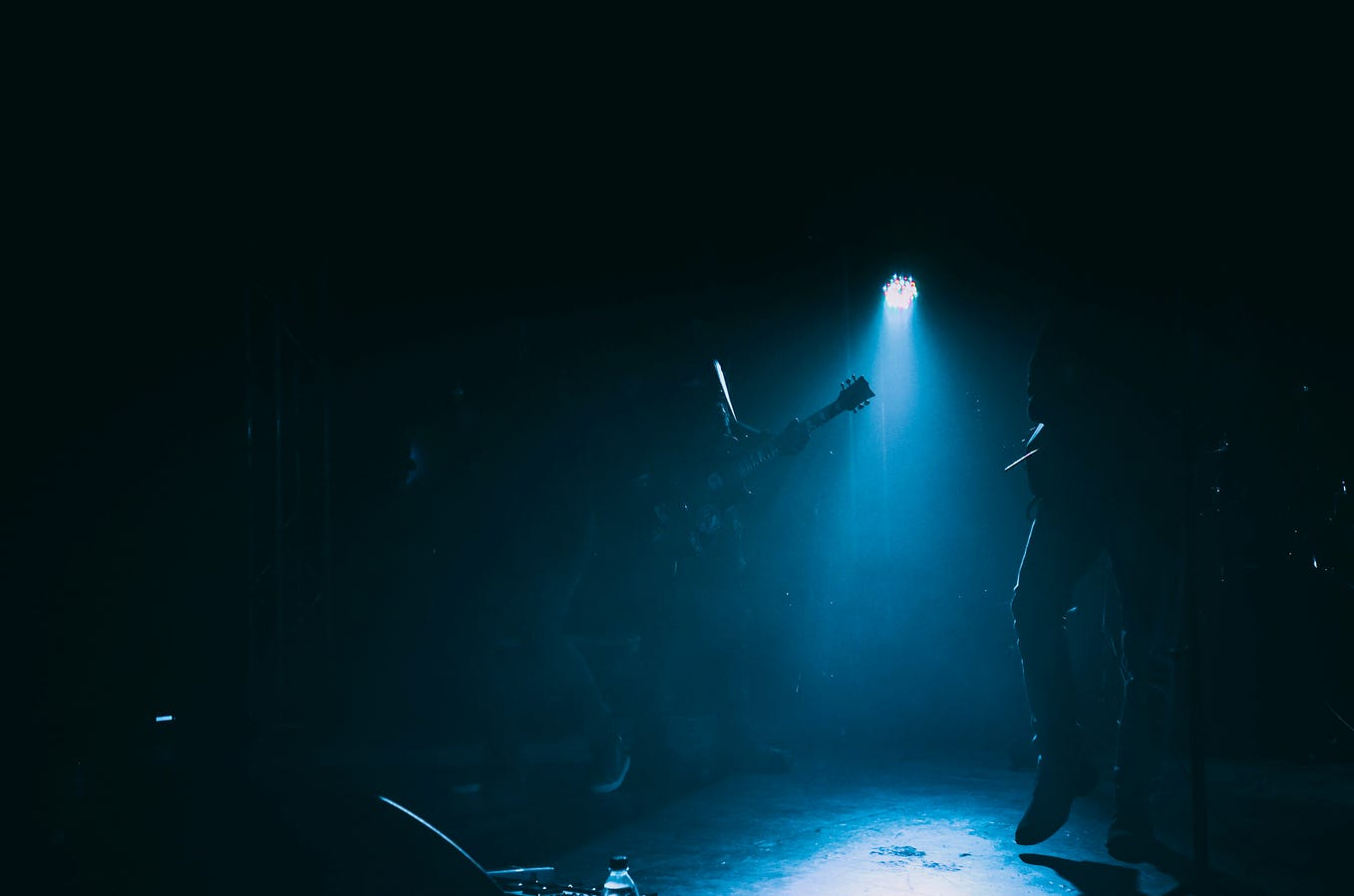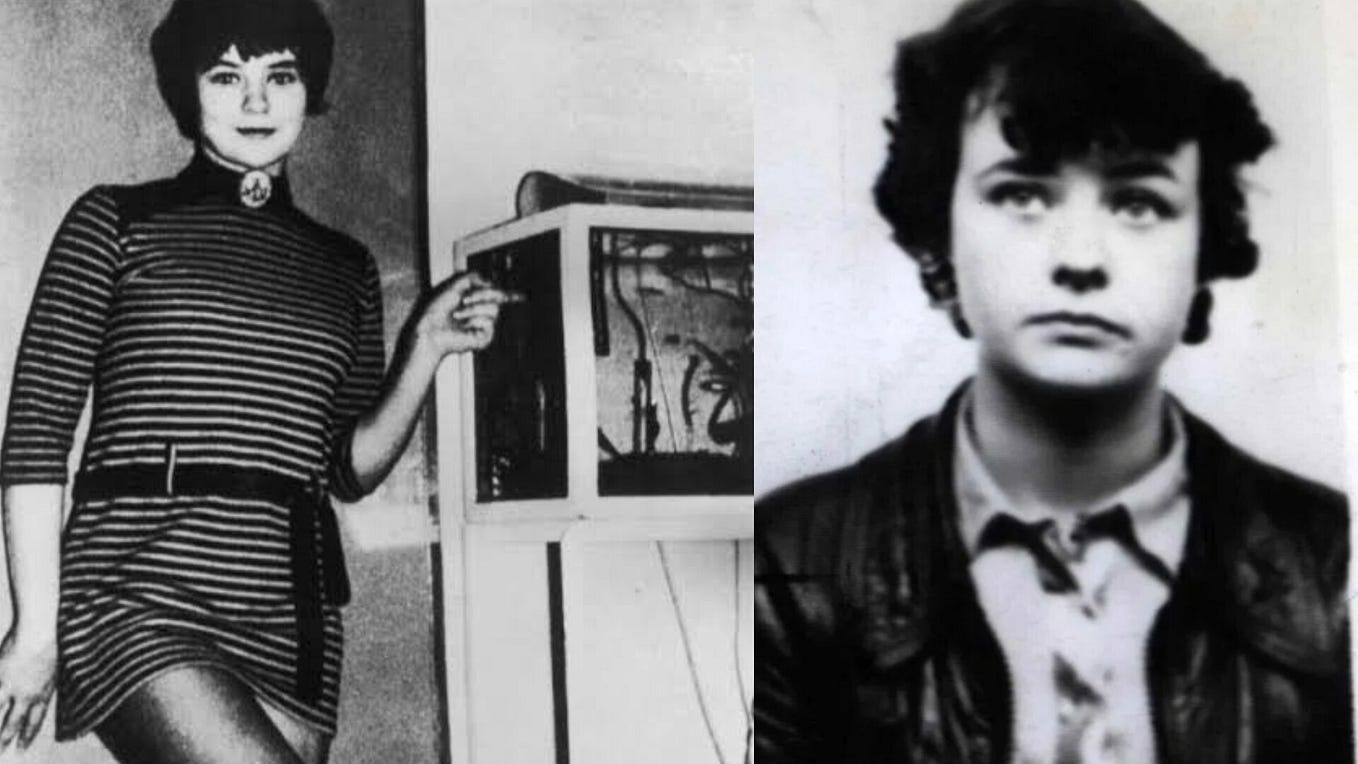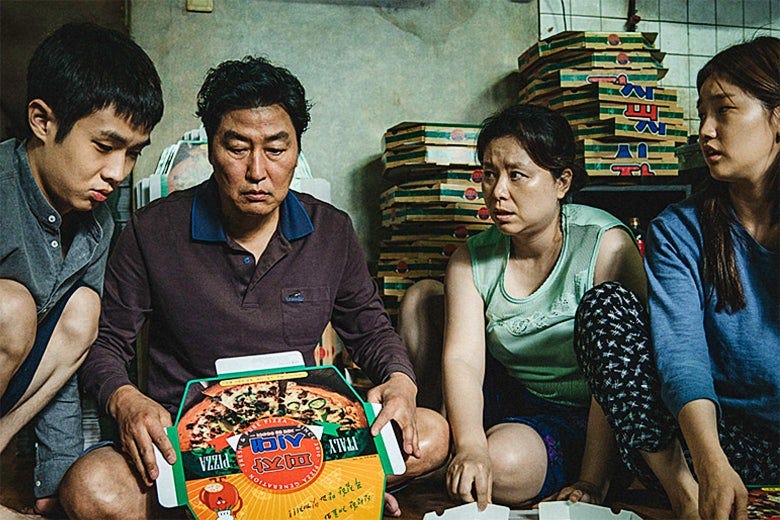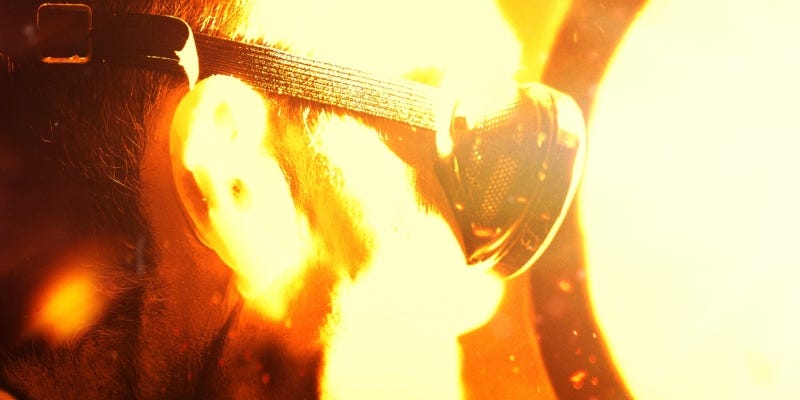The Evolution of R&B
Rhythm and blues, often abbreviated as R&B, has undergone a remarkable evolution over the past 70+ years, transforming African American musical traditions into one of the most ubiquitous genres worldwide. However, some question whether contemporary R&B has lost touch with the raw soulfulness and vulnerability that defined its roots.
In a series of articles, I will delve into key eras of R&B history on this stylistic journey, evaluating the genre’s progression and exploring the perpetual debate: is R&B dead, or does it remain culturally vibrant? By examining pioneers and innovators from the transitional 1970s period to the 2010s, we will discover how certain moments sparked R&B greatness while modern trends lead to claims of the genre’s demise. The path may reveal a hypothetical course correction to restore R&B’s future resonance.
Origins & Emergence of R&B (1920s-1930s)
The great migration of the 1920s and 30s brought jazz, blues, and gospel music from southern African American communities to thrive in major northern cities. Full-time musicians, both solo artists and small groups, performed these genres which provided the roots of rhythm and blues.
Jazz and blues overlapped and crossed over during this era through pioneers like the Harlem Hamfats, Lonnie Johnson, and Cab Calloway. Their fusion laid the groundwork for R&B’s future rise. Emphasis grew on the electric guitar, piano, and saxophone as lead instruments.
Icons of swing, jump blues, and boogie-woogie like Count Basie, Leroy Carr, and T-Bone Walker also contributed crucial elements. Their energetic shuffle rhythms, honking saxophones, and shouted blues vocals all profoundly influenced the early development of classic R&B.
Classic R&B Era (1940s-1960s)
1940s
In the late 1940s, rhythm and blues exploded onto the scene in African American communities, becoming a widespread musical force. The term “R&B” itself came into prominence after RCA Victor marketed “race records” as “Blues and Rhythm” in 1948.
Jump blues icon Louis Jordan dominated the charts that year, while boogie-woogie pianists like Amos Milburn defined the exuberant sound. Vocal harmonies, horn sections, and piano trios also characterized classic R&B’s joyful, upbeat feel. Early R&B remained intertwined with jazz and blues, but began charting its own course.
1950s/1960s
As R&B grew in the 1950s, pioneers like Ray Charles and Ruth Brown refined the genre’s style, blending in gospel group influences. The electric guitar remained central even as R&B briefly overlapped with the emerging rock n’ roll movement. Over time, R&B diverged as rock pursued a white audience amidst segregation.
In the 1960s, R&B became commonly known as “soul”, with artists like Aretha Franklin and Motown’s Marvin Gaye and The Supremes adding more sophistication and socially conscious lyrics. While guitar-driven, R&B absorbed more influences as funk and disco arose, ensuring the genre’s continued evolution.
Also in the 1960s, “blue-eyed soul” emerged through white artists like The Righteous Brothers gaining airplay on R&B radio stations. This set the stage for future crossover between white pop and black R&B.
Transition to Contemporary R&B (1970s-1980s)
1970s
The 1970s saw dance music come to the forefront, with disco rising out of urban nightclubs. Its propulsive four-on-the-floor beats, string arrangements, and electronically produced sounds deemphasized guitars while incorporating R&B vocals and funk rhythms. Groups like Chic brought tighter grooves and soulful harmonies to disco’s escapist aesthetic.
Meanwhile icons like Stevie Wonder, The Jackson 5, and the “Godfather of Soul” James Brown continued evolving R&B, blending in jazz, African and Latin polyrhythms. The emergence of R&B-rooted white artists like Hall & Oates and David Bowie on the soul charts also signaled a crossover moment.
1980s
In the 1980s, R&B underwent another transformation, fully embracing electronic instrumentation like synthesizers, drum machines, and sequencers. Soul veterans now fused R&B with pop, funk, and the rising hip-hop genre.
New jack swing also emerged, combining R&B vocals with hip-hop production. Teddy Riley and other innovators drove this definitive fusion of hip-hop breaks and swing beats that came to characterize ‘80s/’90s R&B. Artists like Lisa Stansfield brought the new contemporary R&B sound mainstream success.
Contemporary R&B Peak (1990s-2000s)
1990s
Contemporary R&B reached new popularity in the 1990s through fully embracing hip-hop collaborations and production techniques. Established R&B stars now featured rappers on their tracks and incorporated sampled beats, loops and synthesizers.
The shift away from live instrumentation towards electronic production defined ’90s R&B. Girl groups like TLC, Destiny’s Child, and SWV drove the genre’s mainstream dominance. Despite criticism from classic R&B fans, this hip-hop hybrid sound became definitive for the era.
Towards the late 1990s, the neo-soul movement also arose through artists like Erykah Badu and D’Angelo who revived old-school R&B sounds.
2000s
In the 2000s, contemporary R&B reached its commercial peak. Crossover superstars like Beyonce, Usher, and Mariah Carey blended R&B vocal stylings with pop hooks and rap flows to major chart success.
Some artists also spearheaded a neo-soul revival, repopularizing the organic songwriting and live instrumentation of the 1990s neo-soul movement. Lauryn Hill, Jill Scott, and Maxwell led this return to R&B authenticity in reaction to overly-polished mainstream production.
Evolution Since 2010s
2010s
In the 2010s, contemporary R&B fully embraced modern electronic trends from auto-tune to EDM influences. Artists like Usher and Chris Brown blended R&B vocals with electronic dance beats and production.
The rise of alternative R&B also provided a darker flipside to mainstream trends. The Weeknd, Frank Ocean, and others pushed R&B into bleaker, more experimental territory fusing soulful singing with moody, spare production.
As the decade closed, debates emerged around R&B over-reliance on technology leading to overproduction and homogeneity. Some felt the genre had lost touch with its organic roots.
2020s: R&B Today
Criticism persists today over contemporary R&B’s focus on robotic production and samey sounds. The heavy blending with hip-hop and electronic genres has also fueled arguments that R&B has lost its soul and individuality.
Although the genre continues to thrive through young innovators, crossover fusions, and a vibrant underground scene, many feel today’s R&B lacks the raw passion and vulnerability that defined the genre’s lineage.
While R&B has continued to evolve and expand over its 70+ year history, the current landscape seems far removed from those classic roots. This begs the question: Is R&B Dead?
As debates around R&B’s authenticity rage on, the coming decades will determine whether the genre can reclaim its rawness. Or will R&B’s link to its past be lost forever?
In a series of articles I will delve deeper into eras starting from the transitional period of the 70s to discover why these moments led to such greatness of the 90s and 2000s, and why after the 2010s are we seeing what’s coined as the death of R&B. Hopefully this will reveal the state of the 2020s and maybe a hypothetical course of action for the future.
